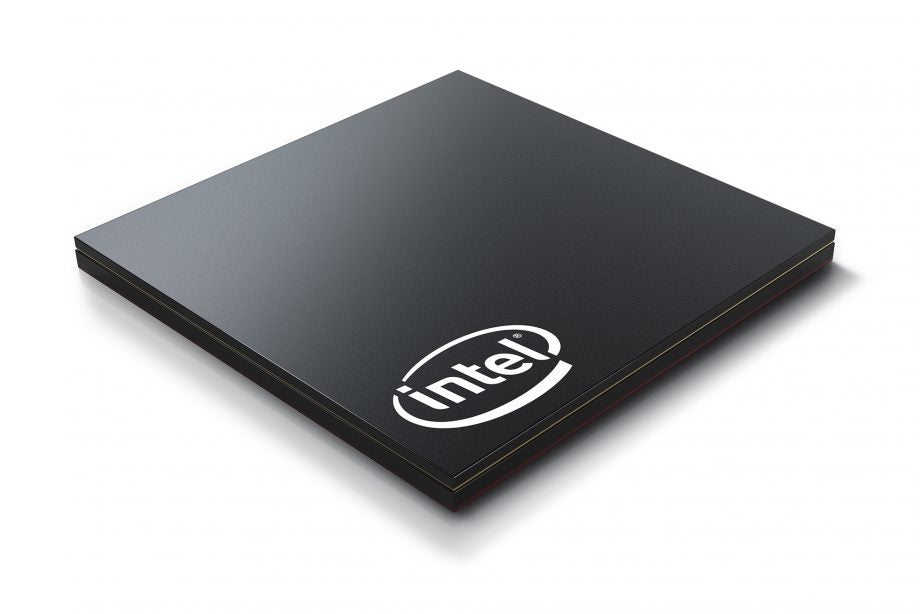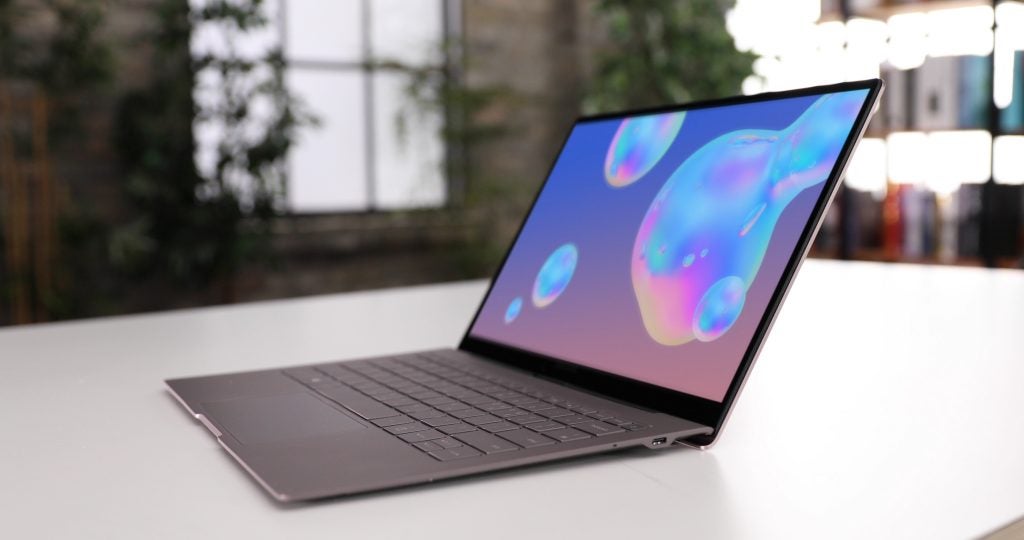Intel Lakefield: Release date, connectivity and specs explained

Intel Lakefield is a new processor designed specifically to power ultra-portable laptops and foldable computers.
The Galaxy Book S is the first device to feature Intel’s new processor, while the Lenovo ThinkPad X1 Fold is also set to feature the chip later this year.
Since Intel Lakefield sees a maximum of five cores and threads, while also using hybrid technology, its potential performance is considerably lower than what traditional 10th Gen Intel processors are capable of.
However, since Lakefield will in theory let manufacturers create more boundary-pushing designs and improve battery life substantially, it has the potential to give the ultrabook market a much needed shake up. This in turn could usher in a new category of premium laptops for people that prioritise portability and battery life above all else.
Related: Intel vs AMD 2020
Intel Lakefield release date – When will it launch?
Intel Lakefield will first appear in the Samsung Galaxy Book S, with the model expected to arrive in the latter half of June. Lenovo’s ThinkPad X1 Fold will supposedly be the second device, becoming one of the very first foldable computers.
Microsoft’s Surface Neo is also confirmed to feature Intel Lakefield, but that has been delayed to 2021. We expect many more Lakefield devices to be announced in the coming months.
Intel Lakefield specs – How powerful is it?
Intel Lakefield is a hybrid technology that packs the 10nm Sunny Cove cores found in more traditional laptops with four power-efficient Tremont cores, which help to elongate battery life into one chip.
Intel uses a technology called Foveros 3D stacking to cram all of these cores into a compact area. This allows manufacturers to create dainty laptops, as seen with the Galaxy Book S.
| Intel Core i3-L13G | Intel Core i5-L16G7 | |
| Cores / Threads | 5 / 5 | 5 / 5 |
| Base frequency (GHz) | 0.8 | 1.4 |
| Max single-core Turbo (GHz) | 2.8 | 3.0 |
| Graphics | Intel UHD Graphics | Intel UHD Graphics |
| TDP | 7W | 7W |
Since Lakefield uses Hybrid technology, comparing the core and thread counts with more traditional laptops makes little sense. But you will note, Ice Lake and Comet Lake laptops have far superior boost speeds, and will likely continue to be better equipped for multi-tasking workloads as a result.
This all means that Lakefield devices probably won’t offer a great performance, and are instead intended for those who will stick to basic tasks. In return, Lakefield could allow for improved battery life and much thinner and lighter form factors than what’s currently on the market.
Intel Lakefield isn’t the first ARM-based processor to encourage such designs, as Qualcomm previously launched the Snapdragon 8cx which does a similar job. However, the Snapdragon chip has seen compatibility issues with 64-bit Windows applications. Intel claims Lakefield chips are fully compatible with both 32- and 64-bit Windows applications, giving it a big advantage.
Related: Best Student Laptops

Intel Lakefield connectivity – Will it support LTE?
Intel has confirmed that Lakefield will support Intel LTE solutions, which suggests it will allow laptops to stay connected to the internet away from you Wi-Fi router – provided you have a SIM card.
That said, the Lakefield model of the Galaxy Book S reportedly won’t feature LTE, which means manufacturers may be able to opt in or out for this bonus feature.
Intel Lakefield is also confirmed to support Wi-Fi 6, seeing increased and more reliable network connectivity when connected to a compatible router.


